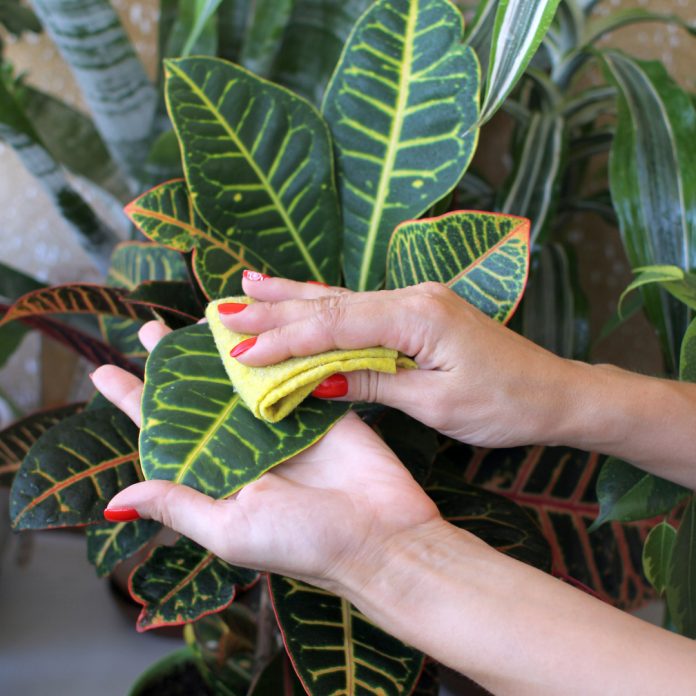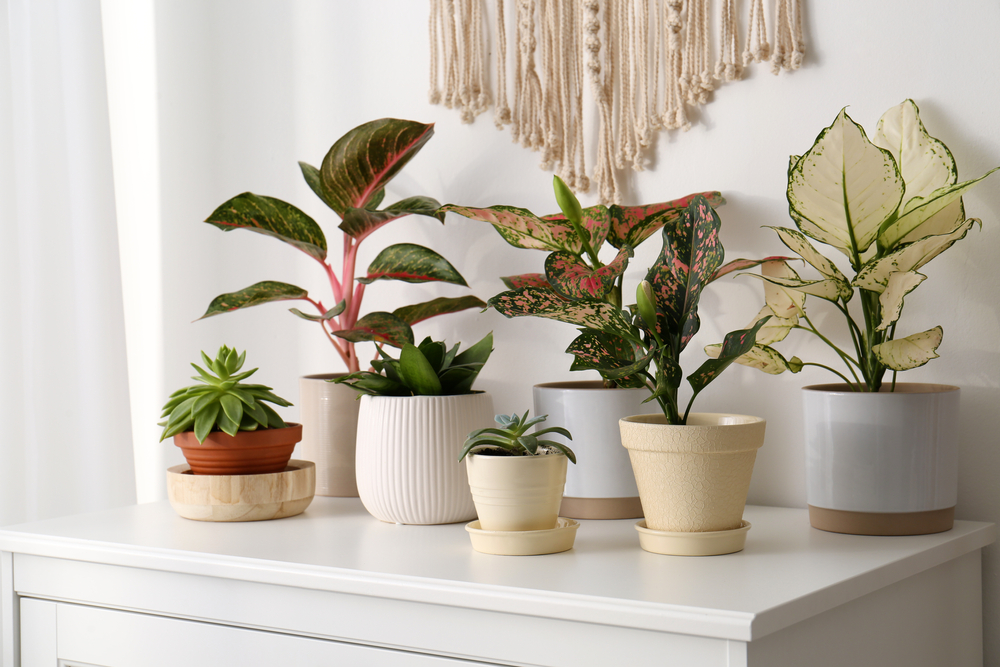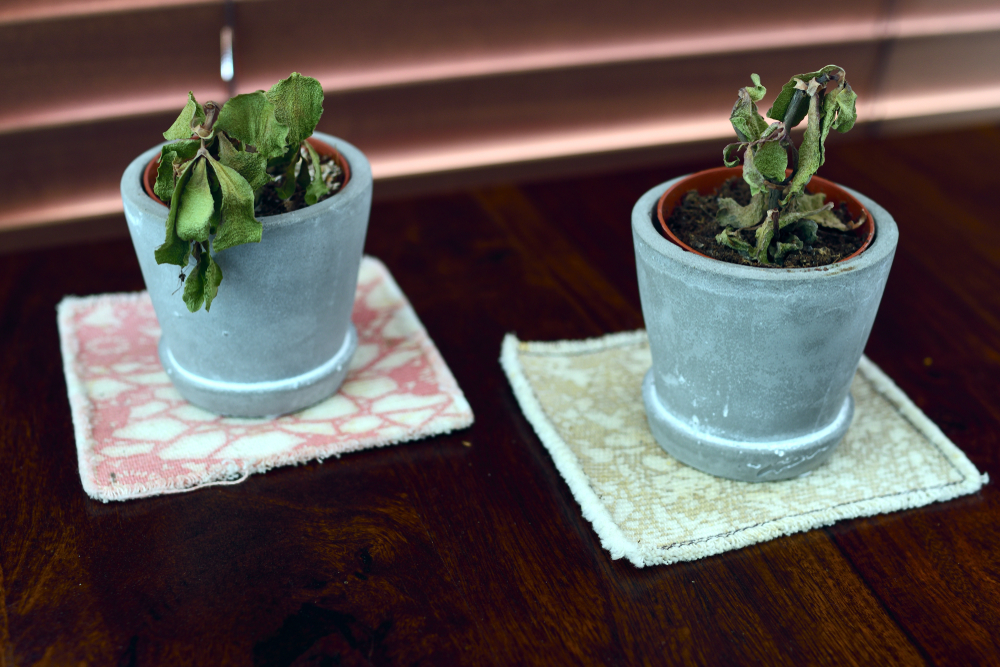As a sequel to our article on the Benefits of gardening; let’s look at ten ways you can keep your plant healthy and robust
- One of the most common causes of plant death is over-watering
Even experienced gardeners make this mistake, and this is a common problem with container gardening. People who are new to growing plants often do this–They think that giving more water to the plant will keep it healthy and let it grow faster. However, especially indoors, where the sun is scarce and no wind, the situation is different. Keeping plants on a little bit drier side is a good idea, but if the plant you’re growing is a moisture-loving plant, then keep the soil slightly moist.
Research the exact watering needs of your plant. Also, the most important factor that decides the watering requirements of a plant is the climate in which you’re growing it.
Usually in the indoors, watering plants only once a week is sufficient. It’s a good idea to feel the soil every three days by poking your index finger in the soil, and when you water, water the plants thoroughly.
2. Don’t feed your plants
Avoid annoying little flies by being careful not to tip tea and coffee into plant containers. The sugars left in the compost make it an ideal breeding ground for sciarid flies.
3. Observe the various varieties and determine their needs
Variegated plants (featuring leaves with white edges or white flecks) often need more light than their green cousins. Keep them nearer to a window so that they can get all the light that they need.
4. Don’t move your plants too much around the house
Plants acclimatise slowly to different surroundings by changing their leaf orientation and structure. If you can, try not to move them around, as they may not adapt as easily as you think.
5. Get a plant ‘care-giver’ whilst on vacation
Your plants need water, light and warmth to survive. So when you’re off on vacation, don’t forget about your green family. Make sure that someone else knows to keep windows open and watch out for them.
6. Re- pot you plants
If you have a houseplant for a long time and you do not re-pot it, then it becomes bound to that pot. In optimum conditions (if the plant is not slow-growing), plants outgrow the pot within a year or two.
When leaves start to turn yellow or if you see the roots popping out, it is the signal to re-pot the plant. This indication is due to less space and freshness to grow healthy. When sending plants as gifts, you tend to gift them in small pots, but later they must be repotted in larger planters.
Don’t select an overly large pot for repotting. A planter that is only one size bigger than the current pot is ideal. Growing a houseplant in a way too large pot is also one of the mistakes why indoor plants die!
7. Add some vitamins
Boost your plants health by adding manure once every three months or so. Manure can be added to mud in a 1:1 ration. Often organic manure, compost and coco peat are added in a 1:1:1 ratio. This is a general rule of the thumb, as indoor plants need different amounts and types of boosters and they don’t require as much nutrients as outdoor plants.
8. Don’t neglect your plants
Many of us get our plants and forget about them. Under watering is one of the consequences of it. Ignoring plants is the reason why most people kill indoor plants. Not looking at plants suffering from pests or diseases, missing to prune, no regular fertilisation. Regularly prune your plants to stop them becoming ‘leggy’. Once they’ve lost the foliage on their lower branches, it’s very difficult to get it to return.
9. Do clean the leaves
Is it important to clean the leaves of the houseplants? Well, yes! For two reasons you should clean the leaves of your houseplants. First, it makes them look attractive. Second, it makes them HEALTHY!
Already, the sun is scarce indoors, and the layer of dust accumulated on the foliage of houseplants contributes to blocking the direct or indirect sunlight and reduce the plant’s ability to photosynthesise. As a result, you get a weak and stressed plant.
10. Don’t let water collect in the saucer
If you tend to have a heavy hand when watering your plants, keep drainage in mind. Use pots and planters with a drainage hole and saucer, keep your plant in a pot nestled inside a planter, you could also add lava rocks, or broken earthen matka pieces to the bottom of a planter without a hole (to create crevices for excess water to flow to). In humid conditions, water in saucers attracts swarms of mosquitoes.










